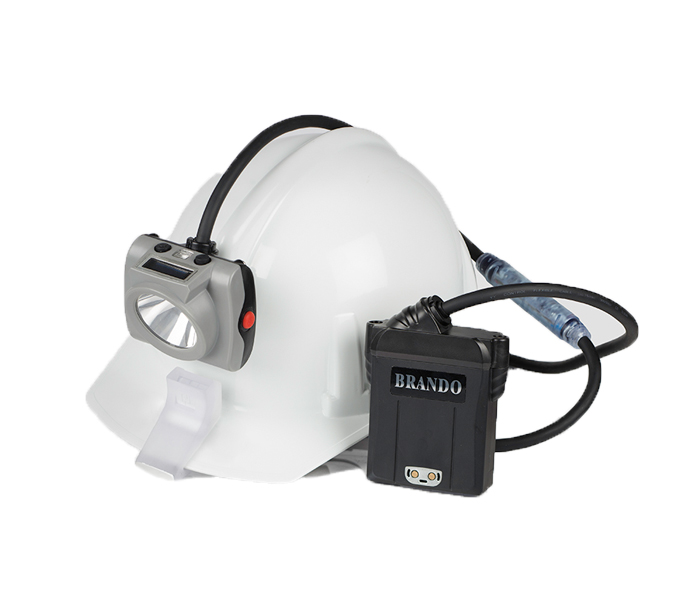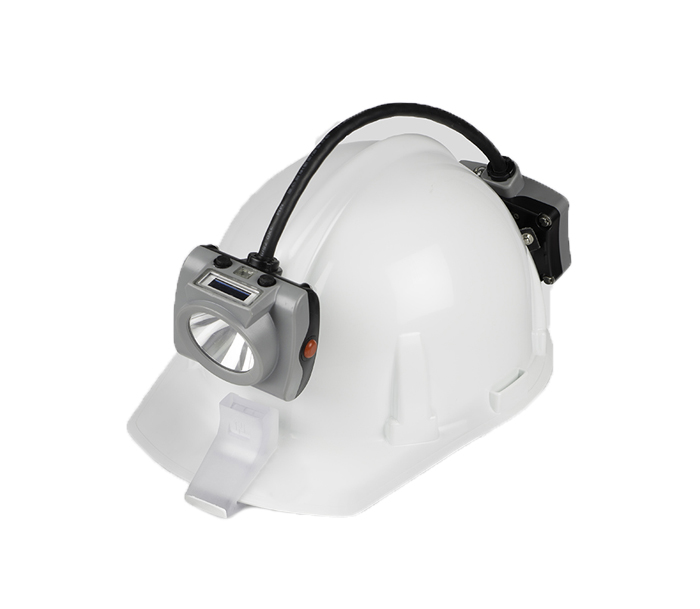Underground mining (hard rock)
Underground hard rock mining refers to various underground mining techniques used to excavate hard minerals, usually those containing metals, such as ore containing gold, silver, iron, copper, zinc, nickel, tin and lead, but also involves using the same techniques for excavating ores of gems such as diamonds or rubies. Soft rock mining refers to excavation of softer minerals such as salt, coal, or oil sands.
There are two principal phases of underground mining: development mining and production mining.
Development mining is composed of excavation almost entirely in (non-valuable) waste rock in order to gain access to the orebody. There are six steps in development mining: remove previously blasted material (muck out round), scaling (removing any unstable slabs of rock hanging from the roof and sidewalls to protect workers and equipment from damage), installing support or/and reinforcement using shotcrete etceteras, drill face rock, load explosives, and blast explosives. To start the mining, the first step is to make the path to go down. The path is defined as 'Decline' as describe above. Before the start of Decline all preplanning of Power facility, drilling arrangement, dewatering, ventilation and, muck withdrawal facilities are required.
Production mining is further broken down into two methods, long hole and short hole. Short hole mining is similar to development mining, except that it occurs in ore. There are several different methods of long hole mining. Typically, long hole mining requires two excavations within the ore at different elevations below surface, (15 m – 30 m apart). Holes are drilled between the two excavations and loaded with explosives. The holes are blasted and the ore is removed from the bottom excavation.


















